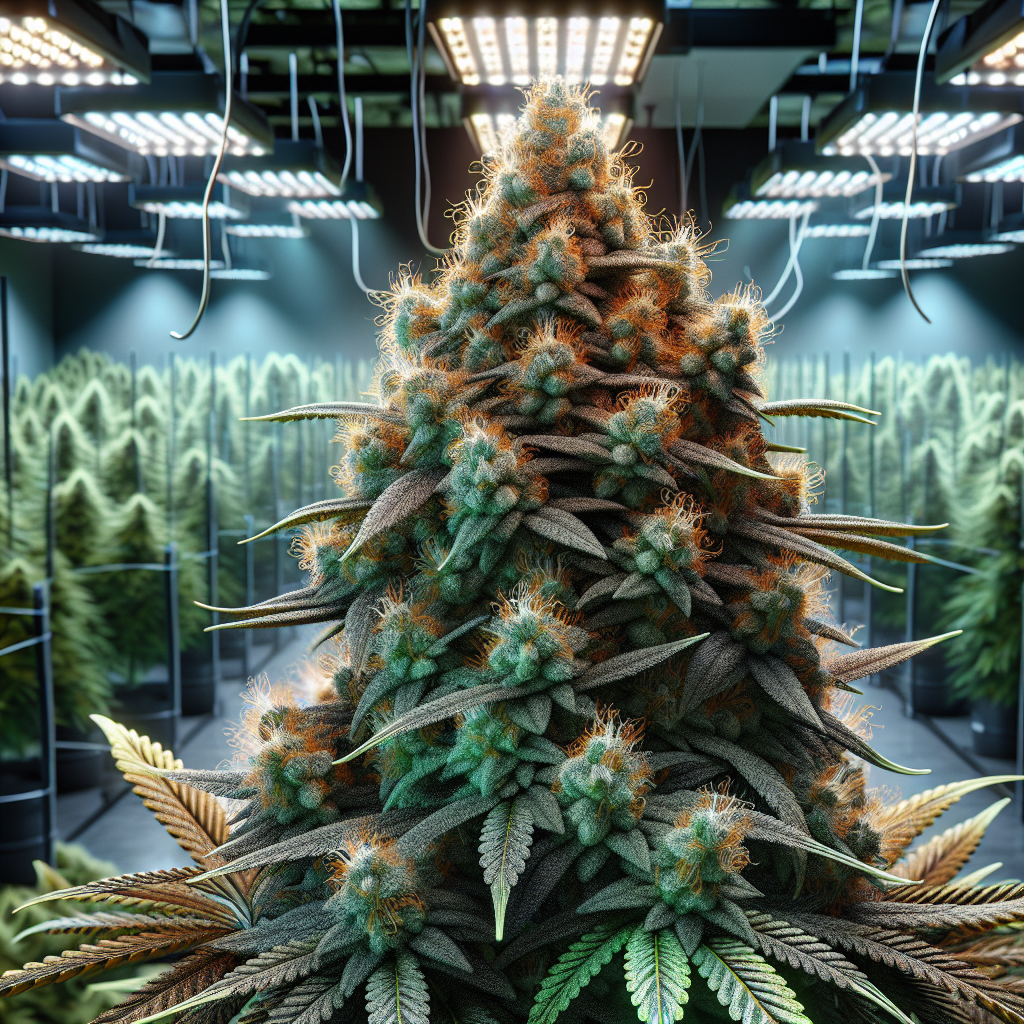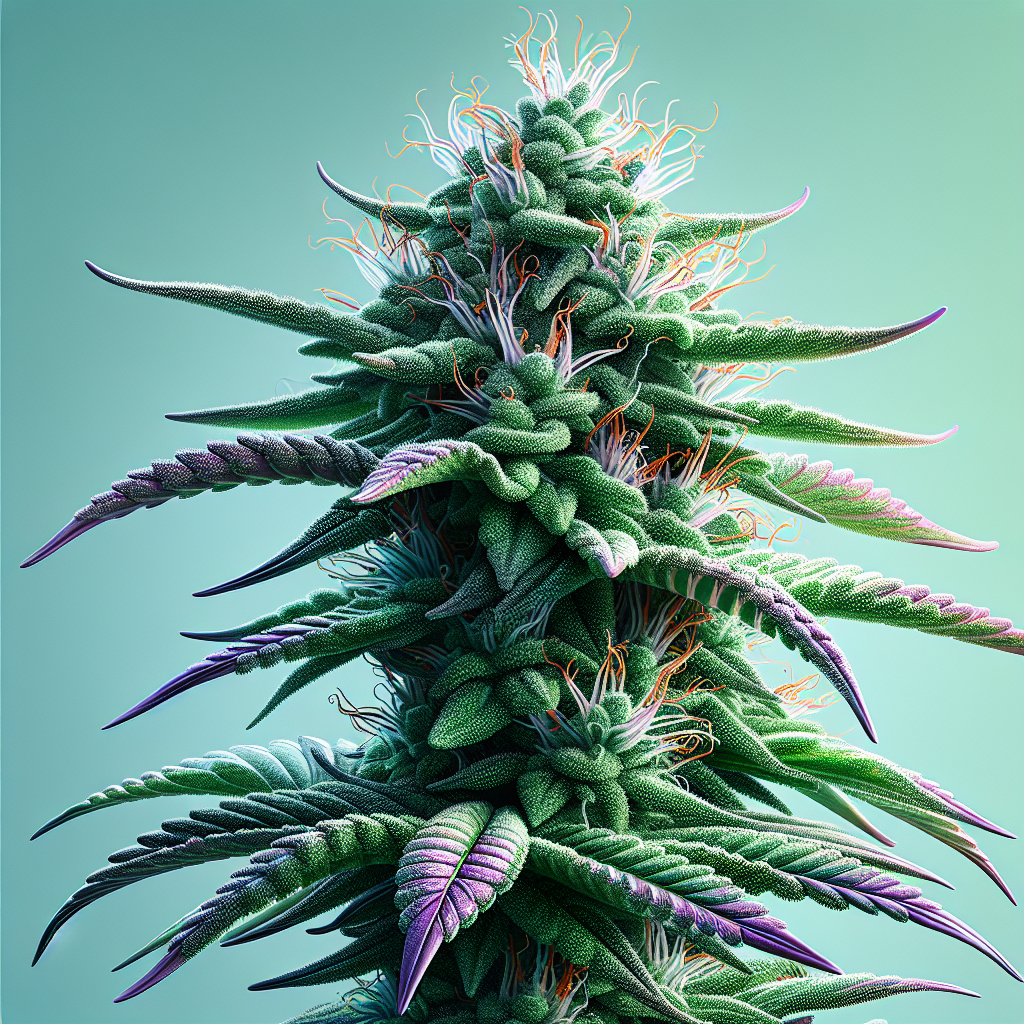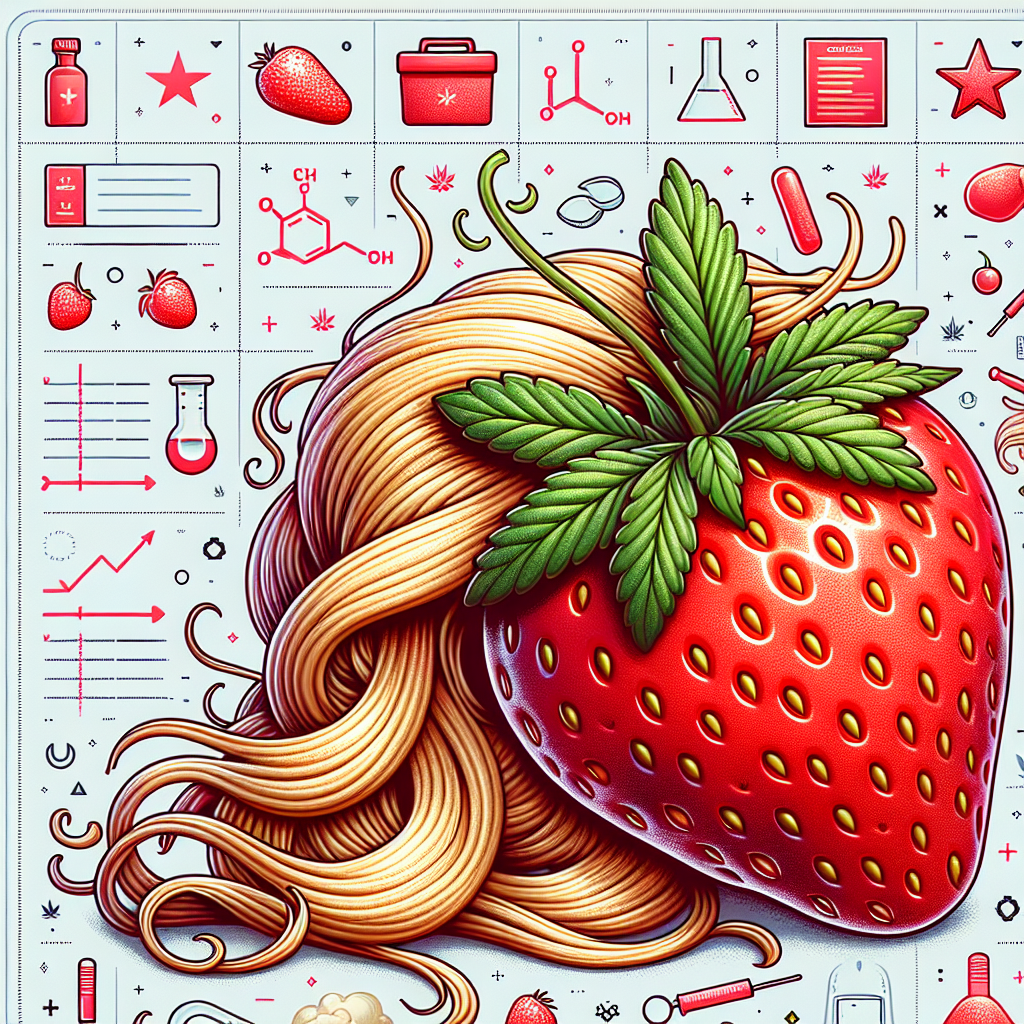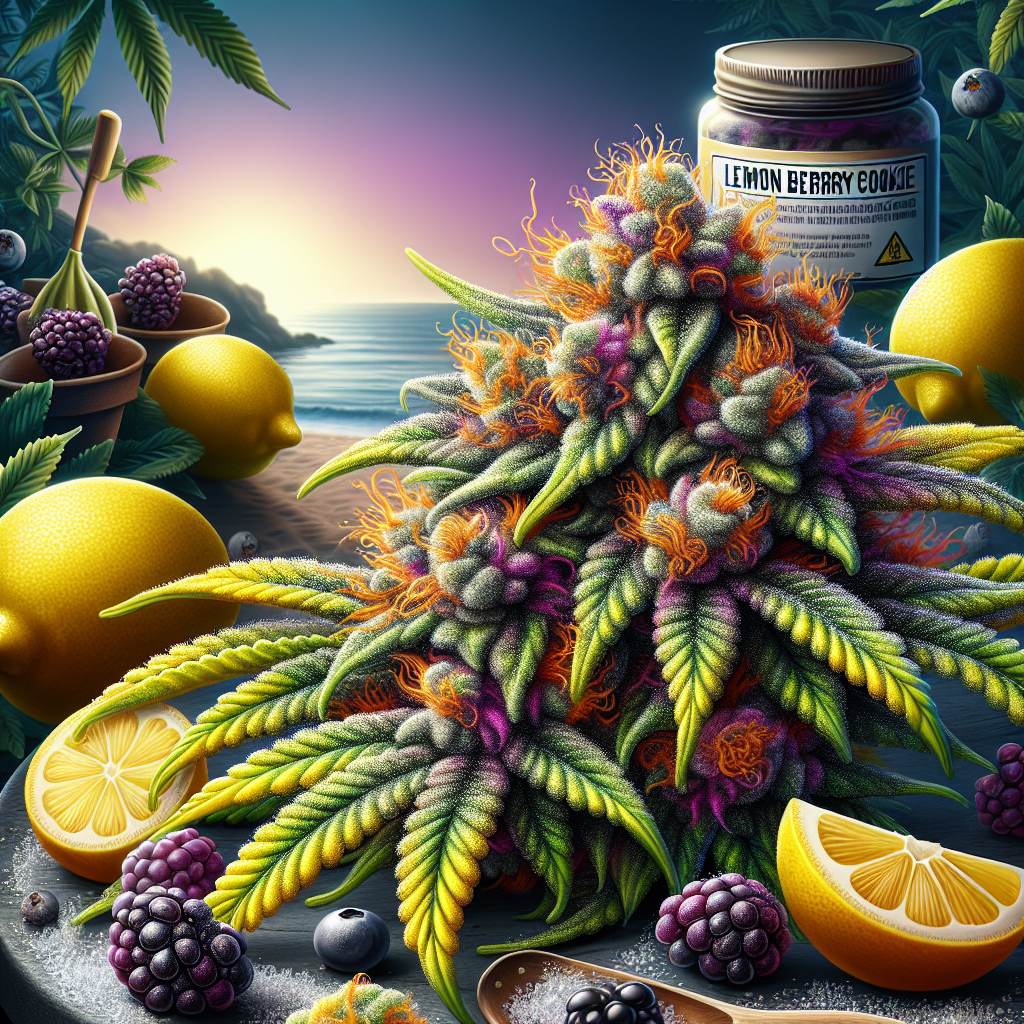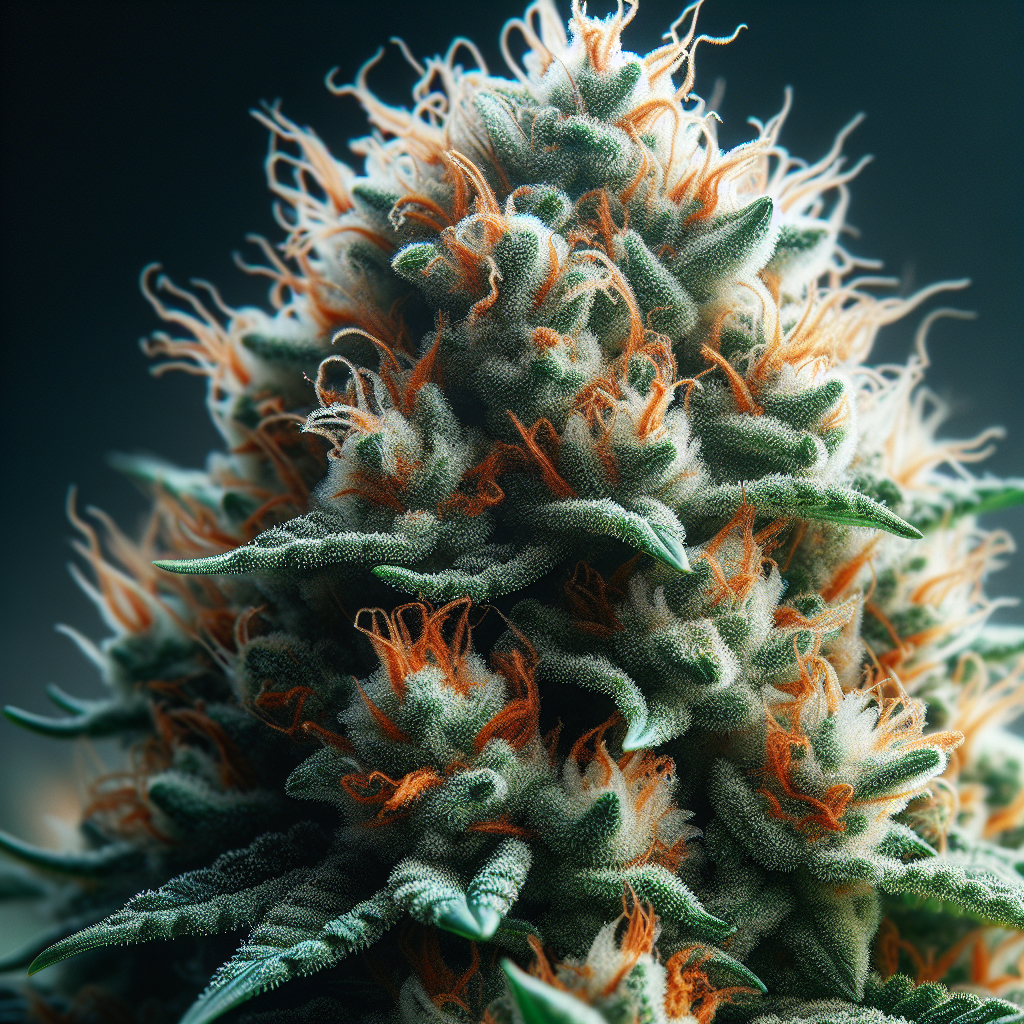Understanding the Cannabis Life Cycle: A Comprehensive Guide from Seed to Harvest
The cultivation of cannabis has been a time-honored tradition for centuries, with advancements in technology and understanding elevating this ancient practice into a form of fine art. Whether you’re a novice looking to grow your first cannabis plant or an experienced cultivator eager to refine your techniques, understanding the cannabis life cycle is crucial. This comprehensive guide will take you through every phase from seed to harvest, ensuring that you appreciate the beauty and intricacies of Cannabis sativa, Cannabis indica, and Cannabis ruderalis.
The Cannabis Life Cycle Overview
The cannabis life cycle can be divided into several distinct phases: germination, seedling, vegetative, flowering, and harvesting. Each stage serves a critical purpose and requires specific care to optimize growth and yield. By mastering each of these phases, you’ll set the stage for a successful and bountiful harvest.
1. Germination: The Birth of Your Plant
Duration: 1-7 days
Germination is the first step in the cannabis life cycle. It involves the process of a seed sprouting and growing into a seedling. To successfully germinate cannabis seeds, consider the following methods:
- Paper Towel Method: Place the seeds between moist paper towels and keep them in a warm, dark location. This method generally yields quick results.
- Water Method: Soak the seeds in a glass of water at room temperature for 24 hours. After soaking, transfer the seeds to a growing medium, like soil or rock wool.
- Direct Planting: Plant the seeds directly into the soil about half an inch deep, ensuring the growing medium is slightly moist.
Key Factors for Successful Germination:
- Temperature: Ideal germination temperature is around 70-85°F (21-29°C).
- Moisture: The medium should be kept damp but not saturated to avoid rot.
- Darkness: Seeds need darkness to germinate properly.
2. Seedling Stage: Developing Robust Plants
Duration: 2-3 weeks
Once the seeds germinate, they develop into seedlings. The seedling stage is characterized by the emergence of the first true leaves, known as "tricomes." During this phase, the plant will develop its root system, setting the foundation for future growth.
Care Tips for Seedlings:
- Light: Seedlings require 16-18 hours of light per day. A fluorescent light or LED grow light works best.
- Humidity: Maintain high humidity levels, around 65-70%, to prevent wilting.
- Watering: Water the seedlings when the top inch of soil feels dry. Avoid overwatering.
3. Vegetative Stage: Growth and Development
Duration: 3-16 weeks
The vegetative stage is a time of rapid growth where the plant focuses on developing strong stems, leaves, and roots. This phase is vital in determining the plant’s overall size and yield potential.
Essential Care During the Vegetative Stage:
- Light: Maintain a light cycle of 18 hours on and 6 hours off. Consider using high-intensity discharge (HID) lights or LED grow lights to boost growth.
- Nutrients: Use fertilizers high in nitrogen to support foliage development. Organic options like compost or worm castings can also be effective.
- Training: Techniques such as topping, pruning, and low-stress training (LST) can help manage plant height and promote bushier growth, leading to better yield.
4. Flowering Stage: The Promise of Harvest
Duration: 6-14 weeks
The flowering stage is where female cannabis plants begin producing buds, making it the most exciting and rewarding phase. This stage normally begins when plants are exposed to 12 hours of light and 12 hours of darkness each day, mimicking the natural cycle of light in fall.
Flowering Stage Care:
- Light Cycle: Switch to a 12/12 light cycle. The duration of the flowering stage depends on the strain—sativa strains usually take longer than indicas.
- Nutrients: Transition to bloom nutrients that are higher in phosphorus and potassium, which support bud development.
- Watering: Be mindful of your watering schedule; overwatering can lead to root rot, while underwatering may cause stress.
- Pest and Disease Management: Monitor your plants carefully for pests and diseases. Early detection and treatment are key to preventing crop loss.
5. Harvesting: The Culmination of Your Efforts
Timing: 8-12 weeks after flowering begins
The moment you’ve been waiting for is here! Harvesting cannabis requires attention to detail and timing for optimal results. The best time to harvest is determined by the maturity of the trichomes.
Indicators for Harvesting:
- Trichomes: When trichomes are clear, it indicates that the plant is not ready. When they are cloudy or milky, it’s time for the harvest for a balanced effect. If you prefer a more sedative effect, wait until they turn amber.
- Calyxes: The calyxes should swell slightly and appear more pronounced as they reach harvest time.
How to Harvest:
- Cutting: Use sharp, clean scissors or shears to cut off the branches or whole plant.
- Trimming: Remove excess fan leaves to improve airflow and focus on the buds.
- Curing: Hang the buds upside down in a dark, cool, and dry space for about a week. After drying, place the buds in airtight jars to cure for several weeks to improve flavor and potency.
6. Post-Harvest: Ensure Quality and Longevity
Curing is one of the essential steps to producing high-quality cannabis. Proper curing unlocks the full potential of the cannabinoids and terpenes, enhancing the flavor and aroma.
Curing Steps:
- Storage: After drying, store the buds in glass jars, leaving some space for air circulation. Open the jars daily for about 15 minutes for the first two weeks, then less frequently for the following month.
- Monitoring: Keep an eye on moisture levels and ensure buds remain dry but not overly dry, as you want to preserve their cannabinoid content.
Conclusion
Understanding the cannabis life cycle from seed to harvest is an essential aspect of cultivating high-quality cannabis. Each phase has its own unique requirements, and paying close attention to the needs of your plants at each stage will yield rewarding results. The journey of growing cannabis is not just about the end product; it’s also about learning, experiencing, and connecting with nature. Thanks to advances in cultivation techniques, anyone interested can grow this remarkable and versatile plant with commitment and care.
FAQ Roundup
1. What is the ideal temperature for cannabis growth?
- The ideal temperature for cannabis growth is generally between 70-85°F (21-29°C) during the day and slightly cooler at night.
2. How do I know when to harvest my cannabis?
- Check the trichomes’ color under a magnifying glass. Clear trichomes indicate immaturity, cloudy trichomes suggest readiness, and amber trichomes are ideal for a more sedative effect.
3. Can I grow cannabis indoors?
- Yes! Cannabis can thrive indoors with proper lighting, temperature, humidity, and ventilation systems.
4. What types of nutrients do cannabis plants need?
- During the vegetative stage, cannabis plants require nitrogen-rich nutrients. In the flowering stage, switch to nutrients higher in phosphorus and potassium.
5. Is it legal to grow cannabis?
- Cannabis legality varies by location. Always check your local laws to ensure compliance before initiating a grow.
6. How can I prevent pests and diseases in my cannabis garden?
- Regular monitoring, maintaining cleanliness, using organic pesticides, and implementing companion planting can all help prevent pest infestations.
7. Can I grow cannabis from store-bought seeds?
- Yes, as long as they are high-quality seeds intended for cultivation. Be sure to choose seeds from reputable sources.
By following the life cycle of cannabis through its key stages, you can achieve remarkable results, whether you’re growing for personal use or considering commercial endeavors. Embrace this green journey, and may your cultivation be as beautiful as the plant itself!
